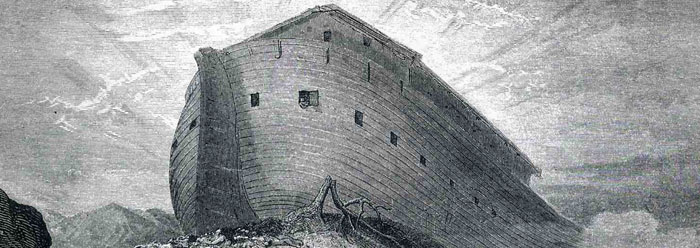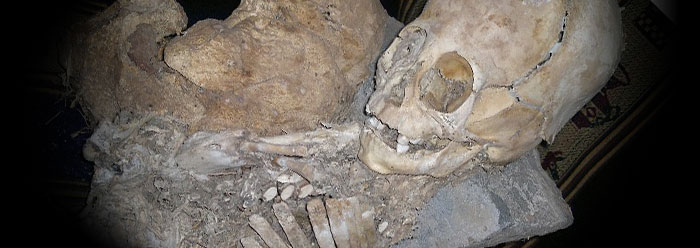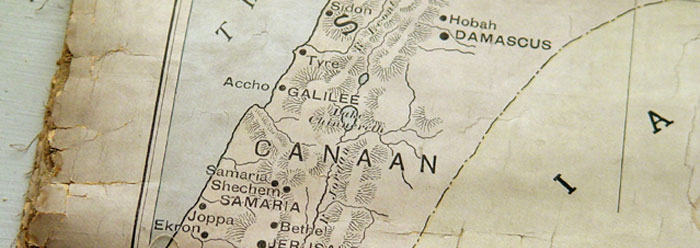Biblical Data Are Historically Testable
The Bible has become a significant source book for secular archaeology, helping to identify such ancient figures as Sargon (Isaiah 20:1); Sennacherib (Isaiah 37:37); Horam of Gazer (Joshua 10:33); Hazar (Joshua 15:27); and the nation of the Hittites (Genesis 15:20). The biblical record, unlike other “scriptures,” is historically set, opening itself up for testing and verification.
Two of the greatest 20th-century archaeologists, William F. Albright and Nelson Glueck, both lauded the Bible (even though they were non-Christian and secular in their training and personal beliefs) as being the single most accurate source document from history. Over and over again, the Bible has been found to be accurate in its places, dates, and records of events. No other “religious” document comes even close.
The 19th-century critics used to deny the historicity of the Hittites, the Horites, the Edomites, and various other peoples, nations, and cities mentioned in the Bible. Those critics have long been silenced by the archaeologist’s spade, and few critics dare to question the geographical and ethnological reliability of the Bible.
The names of over 40 different kings of various countries mentioned in the Bible have all been found in contemporary documents and inscriptions outside of the Old Testament, and are always consistent with the times and places associated with them in the Bible. Nothing exists in ancient literature that has been even remotely as well-confirmed in accuracy as has the Bible.





























